Researchers use carbon-based anodes with “bumpy” surfaces for Li-ion batteries that last longer in extreme cold
Green Car Congress
JUNE 10, 2022
The resulting 12-sided carbon nanospheres had “bumpy” surfaces that demonstrated excellent electrical charge transfer capabilities. The material exhibits a high reversible capacity of 624 mAh g –1 with an 85.9% capacity retention at 0.1 A g –1 as the temperature drops to ?20 Even if the temperature drops to ?35


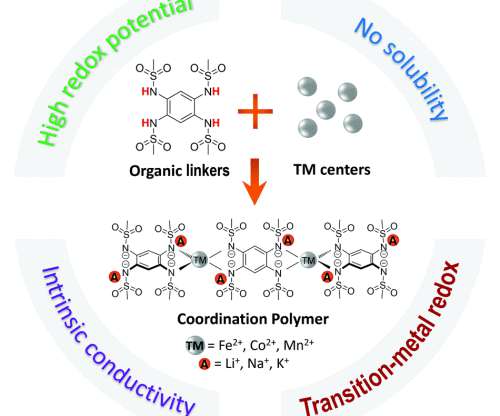


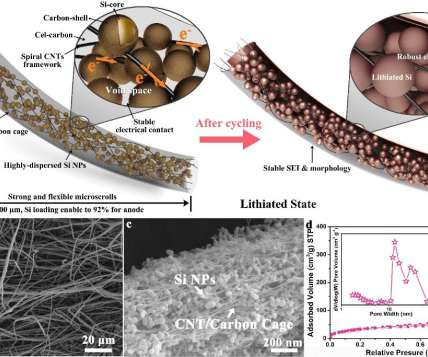

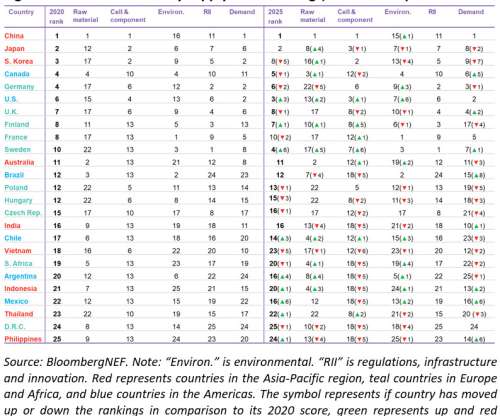





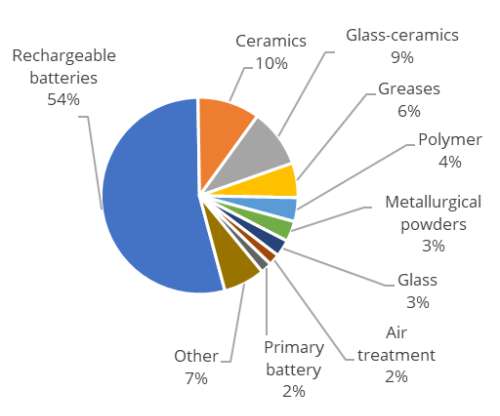


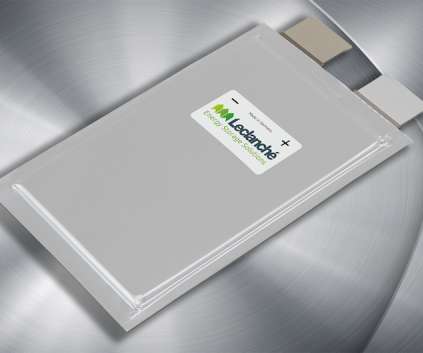
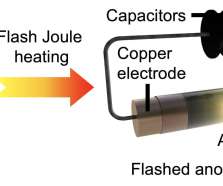
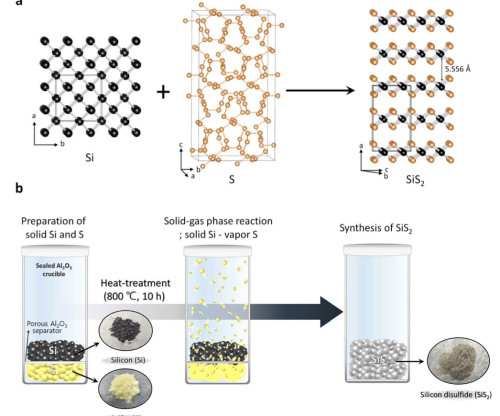

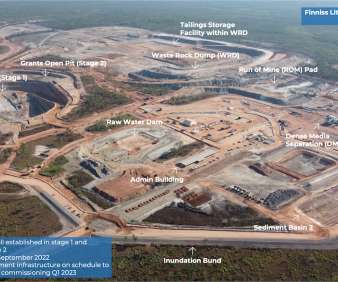



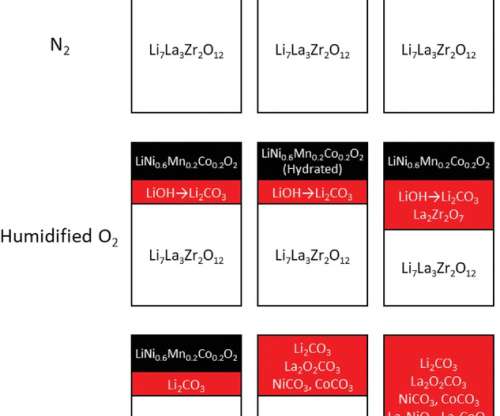






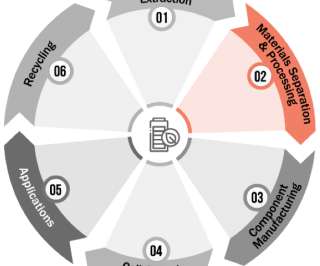











Let's personalize your content